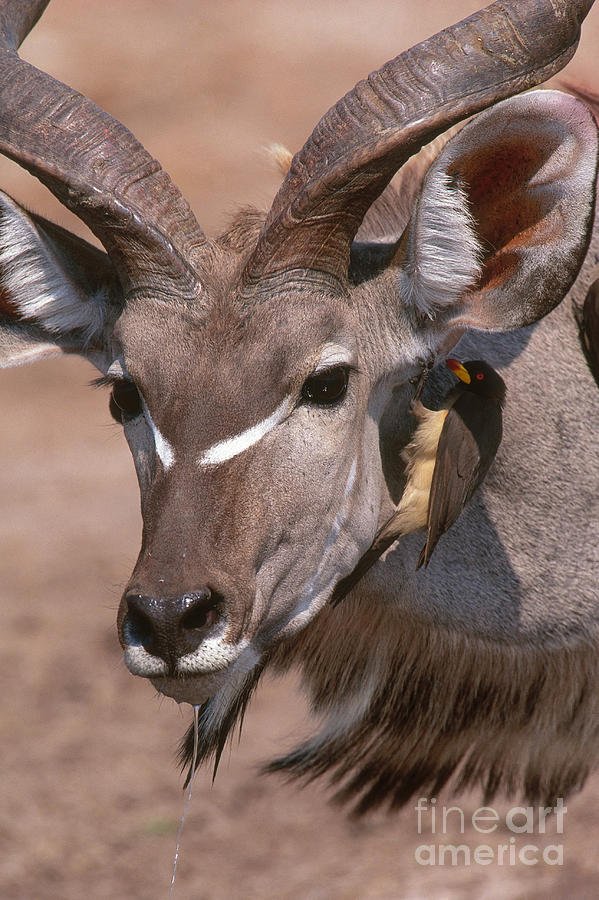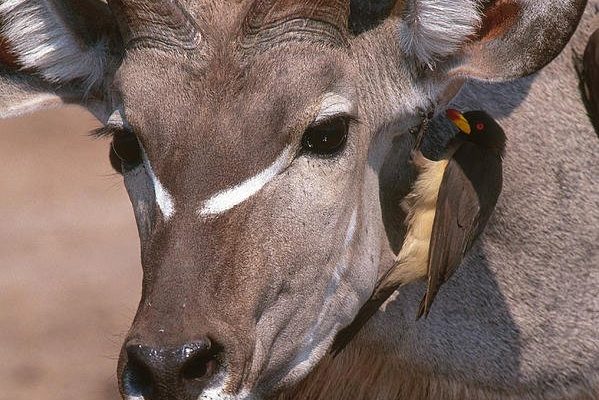
Imagine sitting around a campfire, the night sky twinkling above, and elders sharing tales of the kudu. These narratives aren’t just for entertainment; they carry valuable lessons and reflect the deep connection between nature and human life. The Greater Kudu isn’t just an animal; it’s a symbol, a character in stories that resonate through generations. Let’s dive into how this majestic creature is woven into the fabric of cultures and legends.
The Symbolism of the Greater Kudu in African Cultures
The Greater Kudu holds a special place in the hearts of many African communities. It’s often seen as a symbol of grace and beauty, representing the delicate balance between nature and humanity. In some cultures, the kudu is associated with abundance and prosperity. Its ability to thrive in the wild, even amidst challenges, speaks to resilience—something many people aspire to.
You might be wondering why such symbolism exists. Animals often embody the traits that humans admire. The kudu, for instance, is known for its agility and keen senses. These characteristics are celebrated in various art forms, including sculptures and paintings. Traditional African art frequently depicts the kudu, showcasing its elegant posture and the impressive spirals of its horns, emphasizing its significance in storytelling.
Additionally, the kudu’s hunting prowess has made it a subject of fascination. Many cultures view the kudu as a noble creature, deserving of respect. This respect plays a crucial role in the way hunting traditions are framed, often emphasizing sustainability and gratitude for nature’s gifts.
Folklore and Myths Surrounding the Greater Kudu
In the realm of folklore, the Greater Kudu often appears in cautionary tales and moral stories. One popular myth tells of a clever kudu that outsmarted a predator through its keen instincts and agility. This story serves as a reminder that intelligence and quick thinking can be just as valuable as strength. It emphasizes the importance of being aware of one’s surroundings and making wise choices in life.
Another fascinating aspect is the belief that kudus are guardians of the forest. Some cultures see them as spiritual beings, protecting the wilderness and its inhabitants. When people encounter a kudu in the wild, it’s often perceived as a sign of good luck or a blessing from the spirits. This belief adds a layer of reverence toward the animal, encouraging people to maintain harmony with nature.
These stories, whether shared around a fire or passed down through generations, foster a deeper appreciation for the kudu. They remind us that every creature has its place in the world, contributing to the rich tapestry of life.
The Greater Kudu in Art and Literature
The influence of the Greater Kudu extends far beyond spoken tales; it is a prominent figure in both art and literature. Artists frequently draw inspiration from this majestic creature, using its elegant form to convey themes of beauty, strength, and nature’s harmony. From intricate beadwork to striking paintings, the kudu is celebrated in many artistic expressions.
Literature also embraces the kudu, often highlighting its role in African identity. Writers use the animal as a metaphor for freedom and exploration. In various novels and poems, the kudu’s ability to roam vast landscapes often symbolizes a quest for knowledge and self-discovery. These literary uses not only reflect the animal’s beauty but also highlight its importance in shaping cultural narratives.
In addition to formal art forms, the kudu appears in everyday traditions. For instance, many communities incorporate kudu imagery in ceremonies, celebrating life’s milestones and connections to the land. Such practices underscore the deep bond between the animal and the people who live alongside it.
Conservation and Its Cultural Significance
As our world changes, the Greater Kudu faces challenges that threaten its existence. This situation has not gone unnoticed. Many cultures recognize the kudu as an integral part of their ecosystem, which has spurred a movement toward conservation and protection. Initiatives aimed at preserving the Greater Kudu have become crucial, not only for environmental reasons but also for maintaining cultural heritage.
The connection between the kudu and local communities has led to various conservation efforts that involve native populations. These initiatives often highlight the cultural and spiritual significance of the kudu, advocating for its protection through tourism and sustainable practices. In this way, conservation efforts not only aim to save the animal but also respect and uphold the traditions that celebrate it.
Education plays a vital role in these efforts. By raising awareness about the importance of the Greater Kudu in folklore and culture, communities can rally support for conservation. This approach fosters a sense of stewardship where locals feel responsible for protecting not only the kudu but also their cultural identity.
The Greater Kudu in Modern Culture
In today’s world, the Greater Kudu remains a powerful symbol. In modern media, its image is often used in branding and marketing to evoke a sense of adventure and connection to nature. Wildlife documentaries highlight these creatures, showcasing their beauty and grace, allowing people around the globe to appreciate their significance.
Moreover, the kudu is featured in eco-tourism, where travelers seek to experience the thrill of spotting this magnificent animal in its natural habitat. Tours focusing on the Greater Kudu emphasize responsible wildlife viewing and educate visitors about the cultural narratives surrounding the animal. This not only enhances the understanding of the kudu but also supports local economies and conservation efforts.
You might see the Greater Kudu’s representation in fashion and design as well. From jewelry to clothing, the kudu’s image can inspire creativity, blending traditional elements with contemporary styles. This fusion keeps the stories alive, allowing new generations to engage with their cultural heritage.
The Greater Kudu’s presence in culture and folklore offers a compelling glimpse into the relationship between humans and nature. Its symbolism, stories, and artistic representations enrich our understanding of the world, serving as a reminder of the beauty that surrounds us. As we face challenges in preserving wildlife, the cultural significance of the kudu becomes even more vital, urging us to respect and protect this majestic animal and its habitat.
By sharing stories, engaging in conservation, and celebrating the Greater Kudu through art and literature, we can ensure that its legacy endures for generations to come. Let’s continue to honor the Greater Kudu, not just as an animal of the savanna, but as a powerful symbol of hope, resilience, and the interconnectedness of all life.

